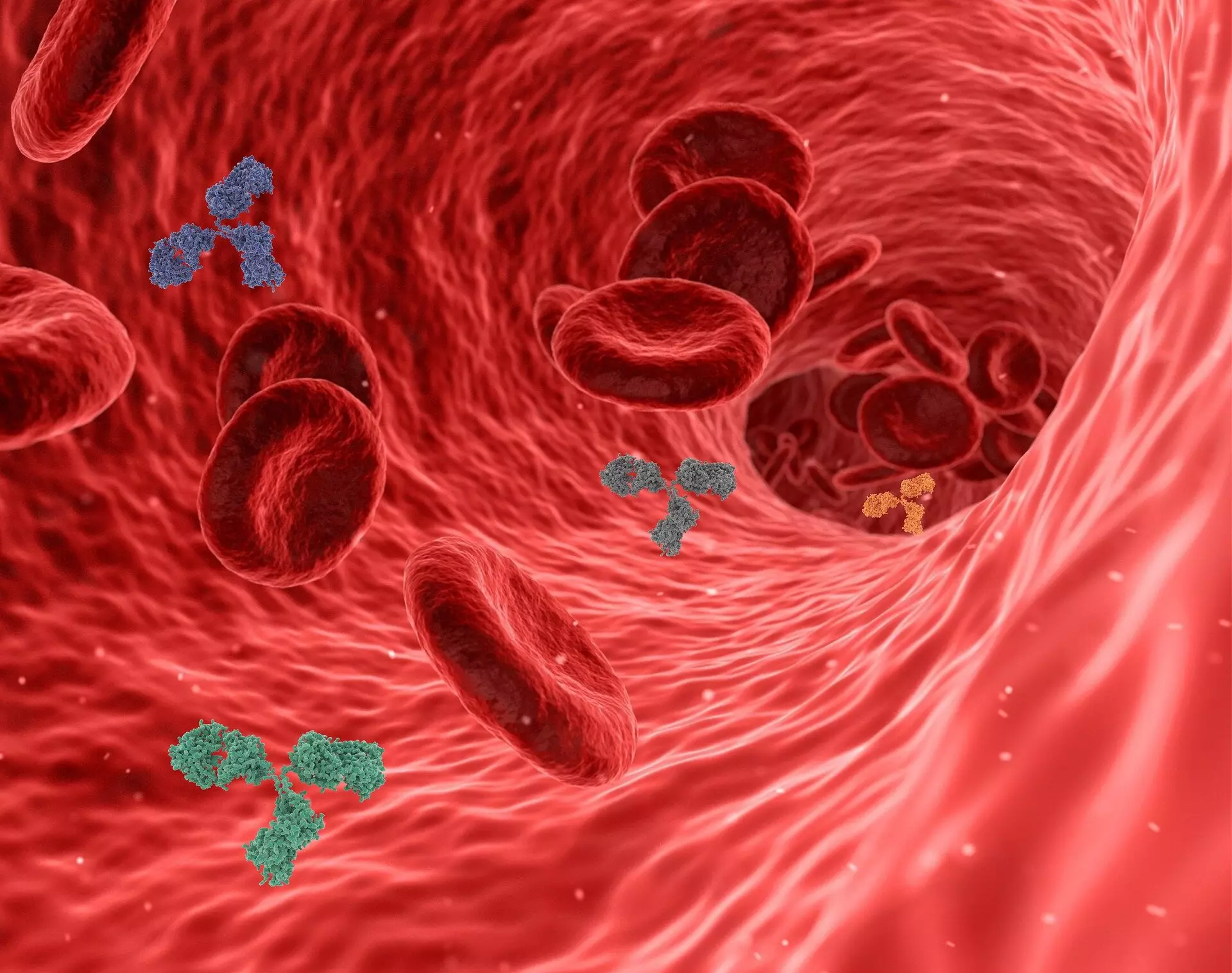The concept of growing functional human organs outside of the body has long been considered the “holy grail” of organ transplantation medicine. While this idea remains a challenge, recent research from Harvard’s Wyss Institute for Biologically Inspired Engineering and John A. Paulson School of Engineering and Applied Science (SEAS) has taken a significant step forward in achieving this goal. By utilizing a new method of 3D printing vascular networks, scientists have managed to create interconnected blood vessels with a distinct architecture that closely mimics naturally occurring blood vessels.
The key innovation behind this breakthrough is the development of a technique known as coaxial SWIFT (co-SWIFT). This method builds upon the previous “sacrificial writing in functional tissue” (SWIFT) approach, allowing for the creation of multilayer architectures found in native blood vessels. By using a unique core-shell nozzle with independently controllable fluid channels, researchers were able to print vessels with a collagen-based shell ink and a gelatin-based core ink. This nozzle design enabled the formation of branching vascular networks to ensure adequate oxygenation of human tissues.
Testing and Results
To validate the effectiveness of the co-SWIFT method, scientists first printed multilayer vessels in transparent hydrogel matrices, followed by a more complex porous collagen-based material. The printed vessels were then heated to remove the sacrificial gelatin core ink, resulting in an open and perfusable vasculature. Subsequent experiments involved infusing smooth muscle cells (SMCs) and endothelial cells (ECs) into the vessels, which demonstrated increased functionality and decreased permeability compared to vessels without ECs.
Application in Human Tissue
Moving into living human tissue, researchers constructed cardiac organ building blocks (OBBs) comprised of beating human heart cells. By printing a biomimetic vessel network onto these OBBs and perfusing them with blood-mimicking fluid, scientists observed synchronous beating indicative of healthy heart tissue. Furthermore, the tissues responded appropriately to common cardiac drugs, highlighting their functionality. The team also successfully printed a model of a patient’s left coronary artery vasculature, showcasing the potential for personalized medicine.
Looking ahead, the research team aims to generate self-assembled networks of capillaries to enhance the structure and function of lab-grown tissues. By integrating these capillary networks with 3D-printed blood vessel networks, the goal is to create a more accurate replication of human blood vessels on a microscale. This continuous innovation in 3D bioprinting technology holds promise for the future of organ transplantation and regenerative medicine.
The recent advancements in 3D bioprinting of vascular networks represent a groundbreaking achievement in the quest for functional human organs. The development of the co-SWIFT method and its successful application in living human tissue demonstrate the potential for creating implantable organs with personalized vascularization. With further research and refinement, the dream of growing functional human organs outside the body may soon become a reality.


Leave a Reply